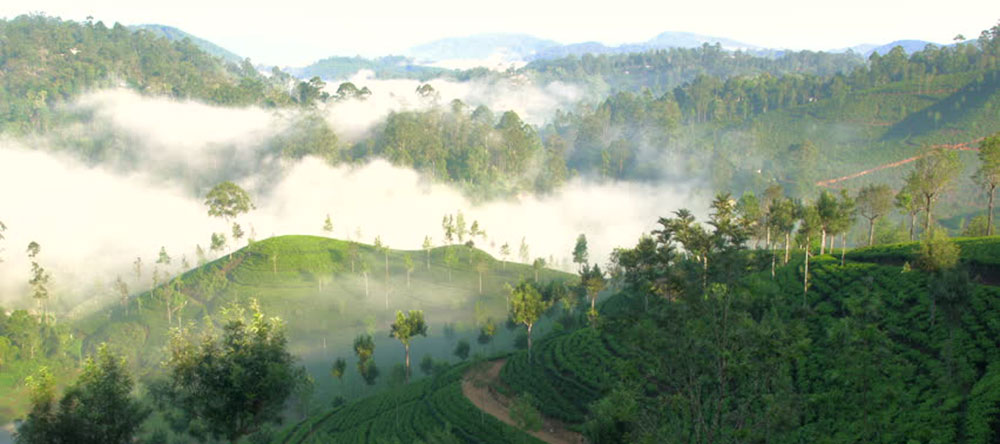HOME EXPLORE SL
Explore Sri Lanka
UNESCO World Heritage Sites
Sigiriya
As unique as it is impressive the Sigiriya rock fortress is a product of King Kassapa’s resourcefulness and remains very much intact even today. Constructed in 477 AD according to the Mahawansa, the 600 Ft monolith has been transformed into a palace of extraordinary proportion, complete with water gardens, moats, escape routes, secret passages, numerous chambers and probably most impressive of them all, the intricate frescos that adorn the castle walls, paying tribute to the feminine form.
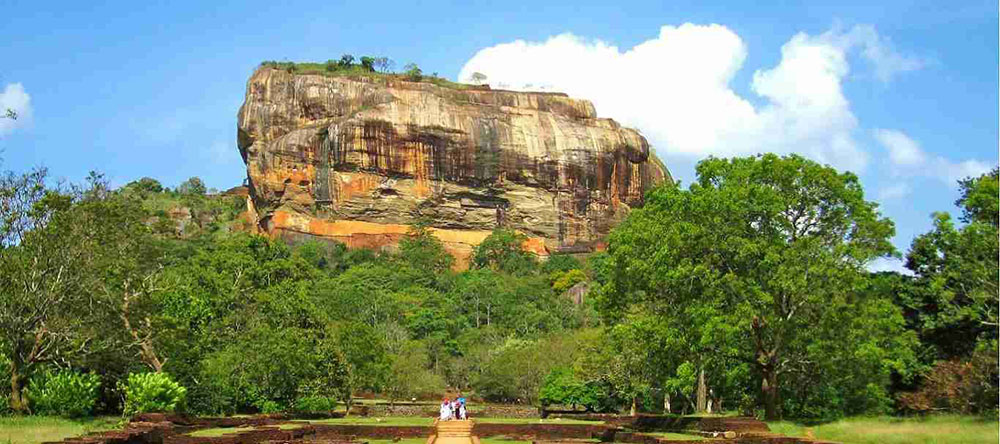
Polonnaruwa
After the fall of Anuradhapura in 993 AD, during conflict with the South Indian Cholas. The Cholas tried to establish themselves in the city of Polonnaruwa, making it their strong hold. King Vijayabahu I eventually defeated the Cholas in 1070 AD and he chose to rule the country from the city of Polonnaruwa. One of the most thoroughly planned archaeological relic sites, much of the ancient city remains intact even today, even making an uncanny appearance as the setting in a Duran music video, for their hit single save a prayer.
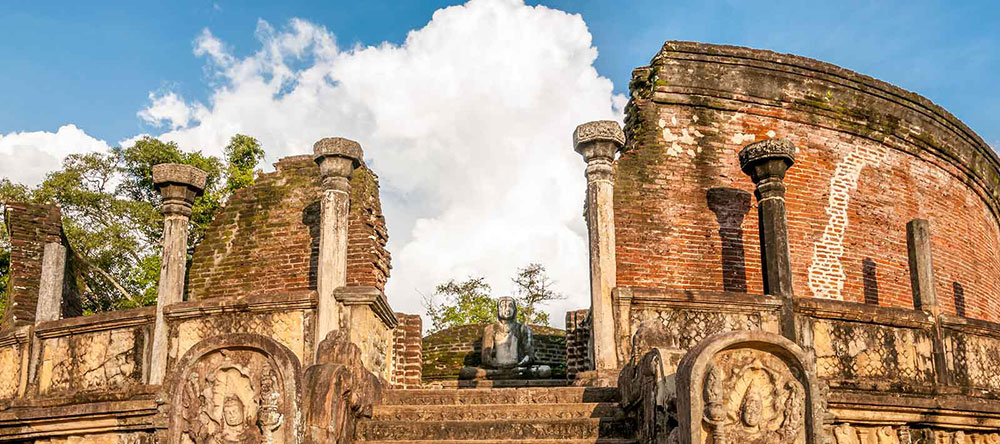
Anuradhapura
Anuradhapura was the first capital and one of Sri Lanka’s great cities for over 1400 years. According to the Mahavamsa the city was founded by King Pandukabhaya in 380 BC. With the introduction of Buddhism, the city gained immense prominence and the great building era began. During the late Anuradhapura period, the royal family and nobility of Sri Lanka was devout Buddhist. As such, they frequently commissioned works of art and donated these items to the temples. Due to its location in the dry zone Anuradhapura has one of the most complex irrigation systems ever witnessed, a marvel which is studied even today and its massive tanks, to the uninitiated look more like something fashioned by the force of nature, than forged by the hands of men.
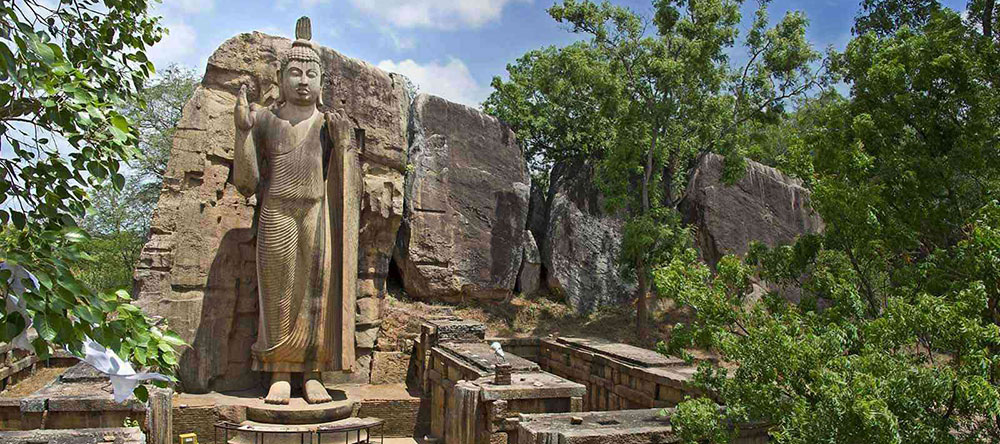
Dambulla
According to historical text the Dambulla cave temple complex is believed to date back to the 3rd century BC, when it became home to the largest Buddhist monastic settlements on the island. In 89BC King Valagamba is said to have taken refuge in the city when he was driven out of Anuradhapura by the invaders from the south of India. Having a deep affinity for the city and affection for its people, once he regained his throne, he commissioned work on the now famous caves, turning them into magnificent rock temples, where devotees could find sanctuary and spiritual emancipation.
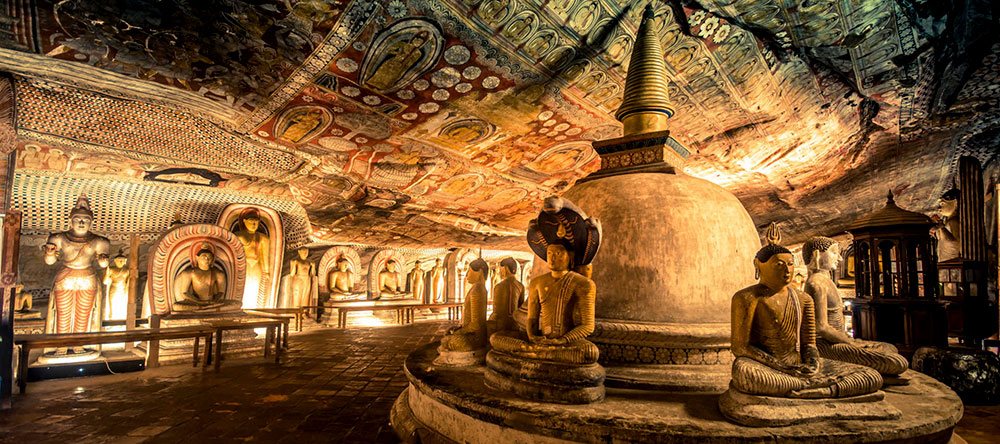
Kandy
The city of Kandy situated just 115KM from Colombo is considered the cultural capital of Sri Lanka and home to a plethora of national and historic sites. Situated at an altitude of over 500m, the areas climate and surroundings are considerably cooler than most other places in the island. Kandy due to its strategic location was also the last capital of the Sinhala Kings, until its occupation by the British in 1815. The city with its illustrious history and diversity of culture has an interesting blend of post-colonial influences, mixing seamlessly with older landmarks and traditions. Large crowds of devotees flock to city all year round to pay homage at the many temples. With the month of August being the busiest, as Kandy comes alive, full of light, colour, song and dance at the annual Perehara. A truly magnificent celebration, where the sacred tooth relic of Lord Buddha is paraded on back of a tusker.
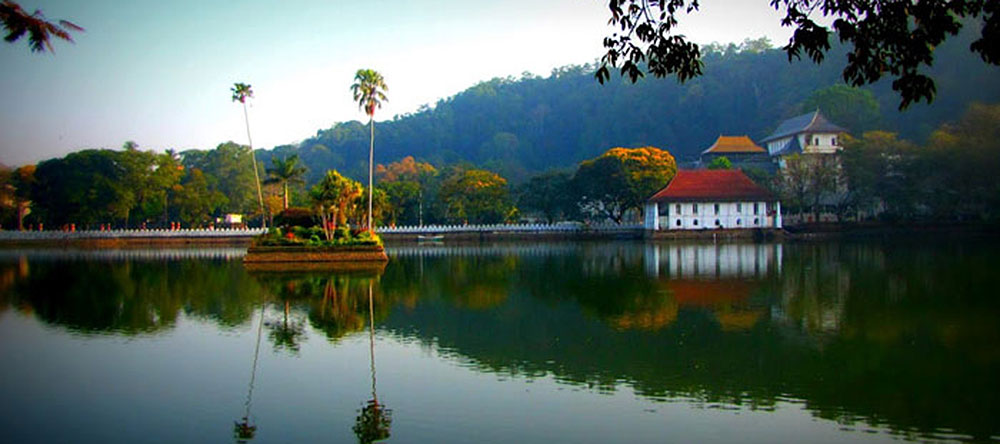
Galle
The arrival of the Portuguese in 1505 ushered in a new era for Sri Lanka. It was under the leadership of Lorenzo de Almeida that the Portuguese made their first landing at the Galle Harbor. In 1589 the Portuguese built a permanent settlement which was called Santa Cruz. The fort which has been immaculately preserved to this very day, has become one of the most sought after destinations in the island. With a laid back atmosphere, bohemian culture, beautiful beaches and recent development in the city’s infrastructure, Galle caters to a wide variety of interest and remains a quintessential destination when exploring Sri Lanka’s southern coast.

Sinharajah Rain Forest Reserve
Located on the Western foothills, between the western coast and central highlands Sinharajah remains the last undisturbed area of vast rainforest in Sri Lanka. The area showcases an amazing range of bio-diversity and offers travelers the opportunity to explore the island’s tropical landscape in all her glory. From secret coves, to winding rivers, rolling hills and giant boulders covered in moss, a trek through the rainforest makes for an inimitable and sometimes surreal experience, which can be as exhilarating, as it is edifying.
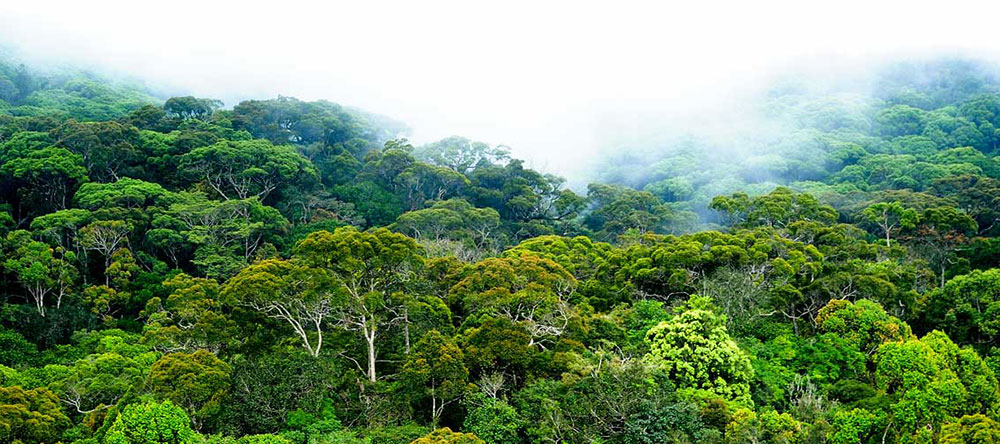
Central Highlands
Sri Lanka’s stunning geographical diversity becomes quite evident on as you journey further into the hill country. Some might even say it’s unexpected, as climate, scenery and weather can change dramatically within a fairly short distance. Of all the island’s world heritage sites the central highlands are the latest and comprises the Peak Wilderness Protected Area, the Horton Plains National Park and the Knuckles Conservation Forest. Nuwara Eliya which was a popular destination for the British, who took a liking to the city’s cooler climate, has a distinguishably colonial air about it. With a quaint mix of the old and the new, Nuwara Eliya whispers stimulating tales of a time long since passed, but whose spirit can still be felt even to this day. Dickoya, Bandarawela, Haputale and Ella are also popular hill country destinations, offering remarkable scenery, the tranquility of the great outdoors and the simple charm of a more rural setting.
